
Filter News
Area of Research
- (-) National Security (15)
- (-) Neutron Science (45)
- (-) Supercomputing (50)
- Advanced Manufacturing (3)
- Biology and Environment (17)
- Computational Engineering (1)
- Computer Science (4)
- Energy Science (49)
- Fusion and Fission (6)
- Isotope Development and Production (1)
- Isotopes (2)
- Materials (63)
- Materials Characterization (1)
- Materials for Computing (7)
- Materials Under Extremes (1)
- Nuclear Science and Technology (5)
- Quantum information Science (1)
- Sensors and Controls (1)
News Type
News Topics
- (-) Artificial Intelligence (18)
- (-) Biomedical (8)
- (-) Computer Science (36)
- (-) Materials Science (15)
- (-) Microscopy (5)
- (-) Neutron Science (40)
- (-) Quantum Computing (5)
- (-) Security (7)
- 3-D Printing/Advanced Manufacturing (7)
- Advanced Reactors (1)
- Big Data (2)
- Bioenergy (8)
- Biology (7)
- Biotechnology (1)
- Buildings (1)
- Chemical Sciences (3)
- Composites (1)
- Coronavirus (8)
- Cybersecurity (13)
- Energy Storage (7)
- Environment (6)
- Exascale Computing (7)
- Frontier (13)
- Fusion (2)
- Grid (4)
- High-Performance Computing (12)
- Isotopes (1)
- Machine Learning (8)
- Materials (13)
- Molten Salt (1)
- Nanotechnology (10)
- National Security (11)
- Nuclear Energy (3)
- Partnerships (4)
- Physics (12)
- Quantum Science (13)
- Simulation (1)
- Space Exploration (1)
- Summit (14)
- Transportation (4)
Media Contacts

Scientists at ORNL used neutron scattering and supercomputing to better understand how an organic solvent and water work together to break down plant biomass, creating a pathway to significantly improve the production of renewable
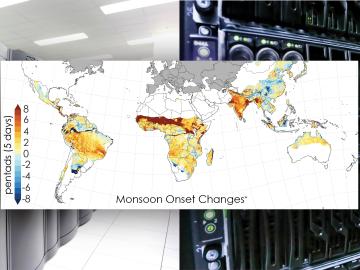
Scientists from the Department of Energy’s Oak Ridge National Laboratory and a dozen other international research institutions have produced the most elaborate set of projections to date that illustrates possible futures for major monsoon regions.

A team of researchers has performed the first room-temperature X-ray measurements on the SARS-CoV-2 main protease — the enzyme that enables the virus to reproduce.
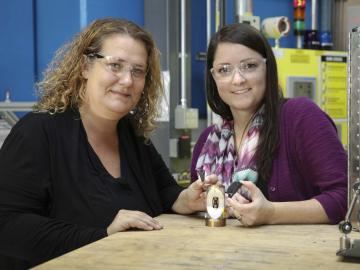
Oak Ridge National Laboratory has licensed a novel method to 3D print components used in neutron instruments for scientific research to the ExOne Company, a leading maker of binder jet 3D printing technology.
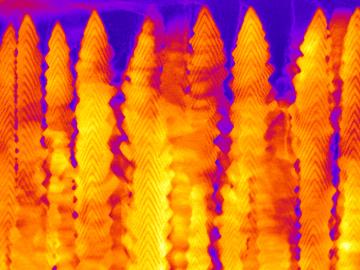
A team led by the Department of Energy’s Oak Ridge National Laboratory synthesized a tiny structure with high surface area and discovered how its unique architecture drives ions across interfaces to transport energy or information.

An international team of researchers has discovered the hydrogen atoms in a metal hydride material are much more tightly spaced than had been predicted for decades — a feature that could possibly facilitate superconductivity at or near room temperature and pressure.

Gina Tourassi has been appointed as director of the National Center for Computational Sciences, a division of the Computing and Computational Sciences Directorate at Oak Ridge National Laboratory.
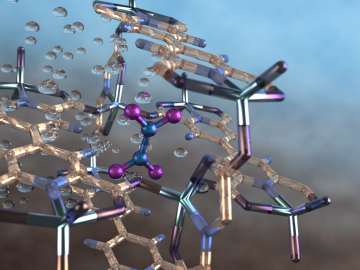
An international team of scientists, led by the University of Manchester, has developed a metal-organic framework, or MOF, material

The U.S. Department of Energy’s Office of Science announced allocations of supercomputer access to 47 science projects for 2020.
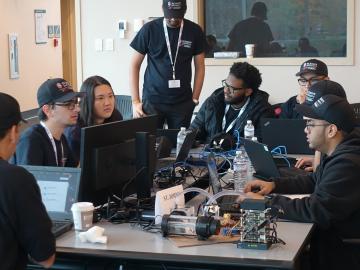
Oak Ridge National Laboratory will give college students the chance to practice cybersecurity skills in a real-world setting as a host of the Department of Energy’s fifth collegiate CyberForce Competition on Nov. 16. The event brings together student teams from across the country to compete at 10 of DOE’s national laboratories.


